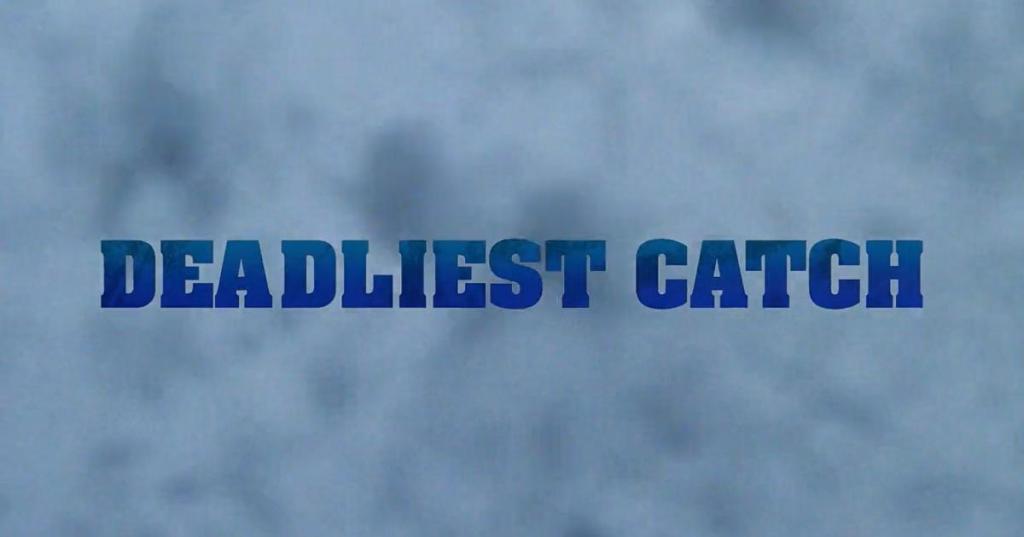Alaska officials canceled the snow crab harvest for the first time, but that is not stopping the Discovery Channel from filming a new season of Deadliest Catch. Earlier this week, the network assured fans that new episodes can still be filmed because the series stars still have work to do. The Alaska Board of Fisheries and North Pacific Fishery Management Council was forced to cancel the harvest as billions of snow crabs have disappeared from the Bering Sea recently.
Deadliest Catch executive producer Arom Starr-Paul told Deadline on Tuesday that Season 19 will still begin on time in the spring of 2023. “Fans can anticipate another great season of Deadliest Catch where we will document our captains as they participate in other sustainable Bering Sea crab and pot fisheries, such as Golden King Crab, Bairdi, and Cod,” Starr-Paul said. Deadliest Catch is one of Discovery’s marquee shows and aired its 19th season from April 19 to Sept. 27.
Videos by PopCulture.com
Last week, the Alaska Board of Fisheries said the snow crab fishery will be closed for the 2022-2023 season because the population of Bering Sea snow crab population is estimated to be below the regulatory threshold. “ADF&G appreciates and carefully considered all input from crab industry stakeholders prior to making this decision,” the agency said on Aug. 10. “Understanding crab fishery closures have substantial impacts on harvesters, industry, and communities, ADF&G must balance these impacts with the need for long-term conservation and sustainability of crab stocks.”
The season usually starts on Oct. 15. Officials also closed the red king crab fishery for the second season in a row. This was a major plot in Deadliest Catch‘s 18th season.
The snow crab population dropped to a shockingly low number in 2021, from 8 billion in 2018 to 1 billion, Benjamin Daly, a researcher with the Alaska Department of Fish and Game, told CNN. The “shock and awe of many billions missing from the population is worth noting – and that includes all the females and babies,” Daly said.
Officials cited overfishing, but scientists do not believe it is the only reason. Michael Litzow, the Kodiak lab director for NOAA Fisheries, told CNN that human-caused climate change plays a major role too. Snow crabs are a cold-water species, usually found in areas where water temperatures fall below 2 degrees Celsius, Litzow explained. Since the oceans are warming and sea ice is disappearing, Alaska is becoming a dangerous place to live for the crabs.
Scientists discovered that temperatures in the Arctic are warming four times faster than elsewhere on the globe. There has also been a rapid loss of sea ice, especially in the Bering Sea, and that is amplified by climate change.
Mark Stichert, the groundfish and shellfish fisheries management coordinator for the Alaska Department of Fish & Game, told CNN that he has some confidence that the snow crab fishing could resume. Small juvenile snow crabs have begun showing up in the system, but it could be another three or four years before they are mature enough to help the population grow again. Litzow admitted this was a “glimmer of optimism.”









